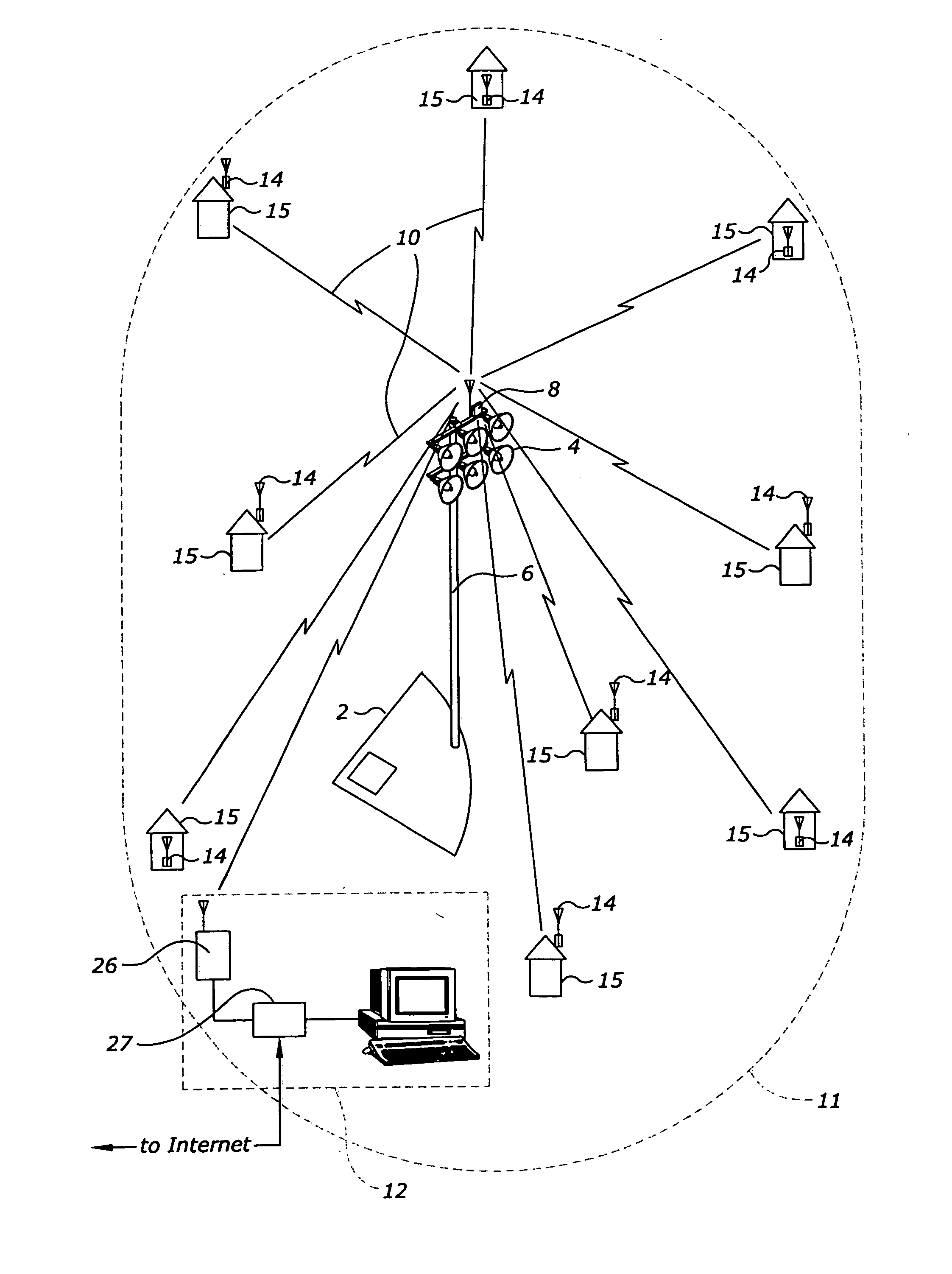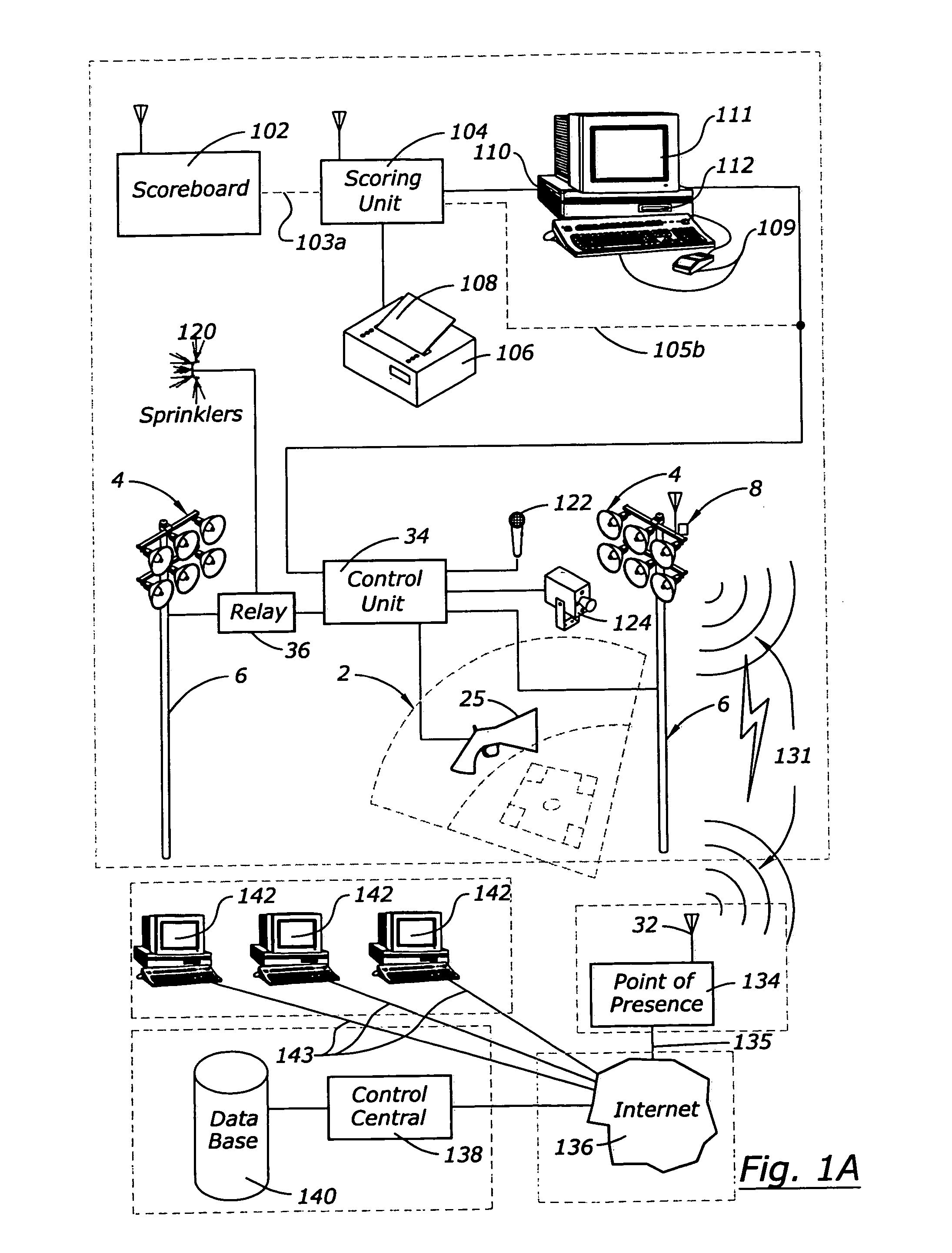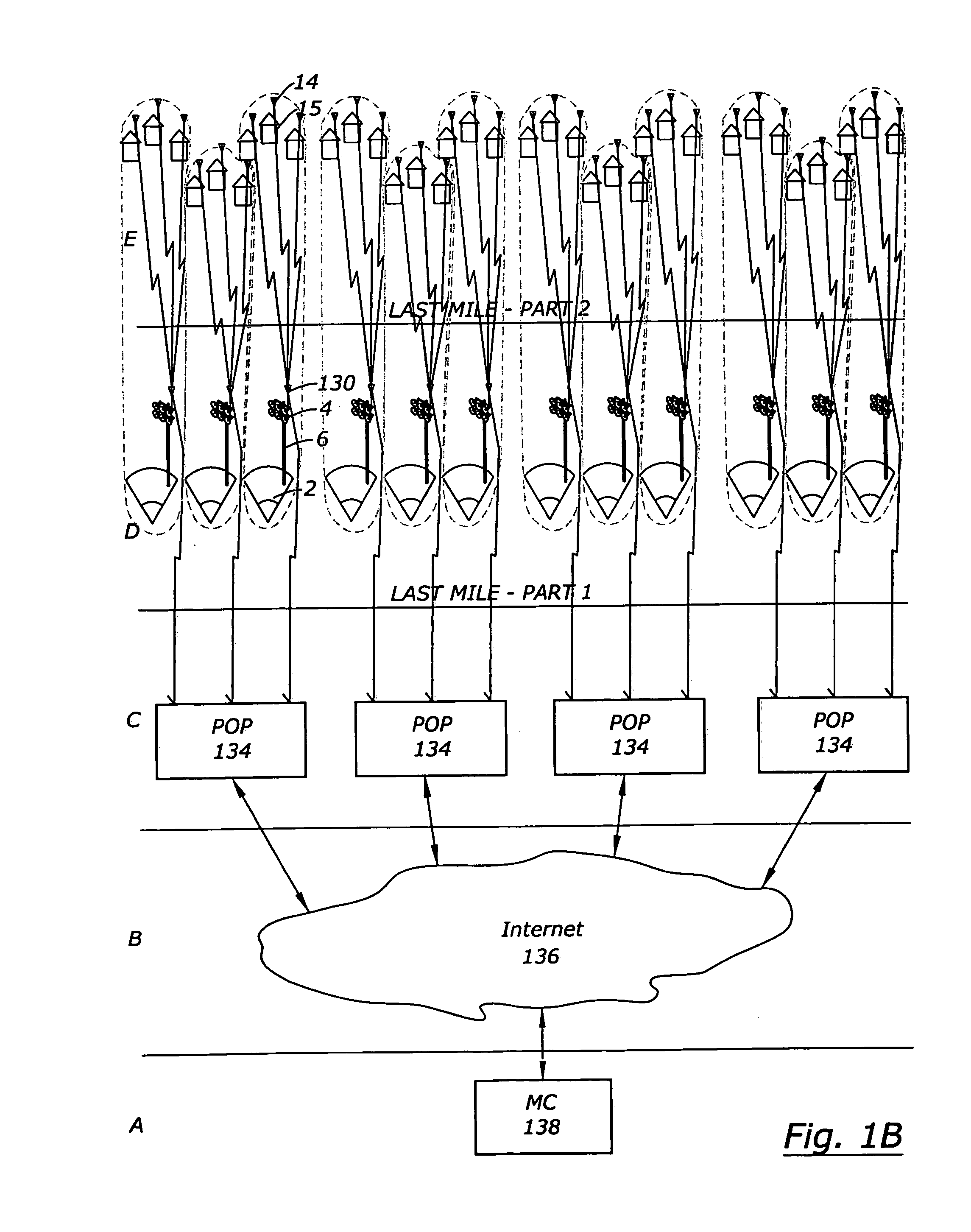Owners of sports facilities using sports lighting may not have the expertise or qualifications to properly operate these lighting systems and may find it a drain on resources to properly monitor and maintain the lights due to high cost or other factors.
This problem may be particularly significant for government (e.g. municipality, school district, county, township, state, provincial, territorial, state, federal, city,
recreation district, park and
recreation district), quasi-public (e.g. privately run athletic fields, leagues, and other venues) and privately owned facilities.
A single government unit or sub-unit or private owner may operate multiple sports lighting and / or security lighting at multiple locations thus increasing the difficulty in operating and maintaining the lights.
Furthermore the maintenance and monitoring of lights as well as the control systems used have been limited due to these restrictions.
The control of lights has generally been limited to a manual selection of “on” or “off” or a
timer that turns lights on or off at a particular time.
If voice channels are used then there is an associated cost of service that is recurring and substantial.
Furthermore, given the nature of this type of solution there are limitations related to the available bandwidth and the latency of the communication, thereby presenting limits on flexibility and functionality.
Hard wiring to date has taken
advantage of the existing land line telephone infrastructure.
However, there are still limitations, such as lack of adequate infrastructure and the associated time and cost of creating and maintaining infrastructure.
However, the coverage of cable wiring is not as ubiquitous as telephone lines and may not be available from a
telecommunications provider in all areas.
The required infrastructure results in substantial cable installation and maintenance.
Other problems in the art relate to Internet
connectivity for general uses and not just for use in controlling sports lighting.
One problem with extending this type of system to sports lighting is the service cost to provide an Internet connection to the
light control system.
Furthermore there are technical limitations to this type of system.
If they are dedicated, the service cost will increase, particularly if a long distance connection is used.
Even if such lines are dedicated, there can be a loss of the connection due to weather conditions and outages.
These costs can be substantial where digital lines are used.
Conventional land line systems have been challenged in some markets through the use of
wireless systems.
This speed can be increased by using digital lines but there is an associated increase in cost and limited availability.
If the lines are not already available, it will take time to build the required infrastructure.
The movement of the receivers and / or transmitters introduces additional technical problems including multipath phenomenon and
fading problems as is well known in the art.
These problems limit the reliability and the speed or bandwidth of a
mobile wireless system.
Despite these advantages,
fixed wireless systems have a significant limitation.
Due to the small wavelengths involved, these radio
waves cannot effectively be communicated through physical barriers and are more prone to the multipath phenomenon.
However, connectivity from the points of presence to the ultimate end users is still problematic.
They are therefore disappointingly unsatisfactory in performance.
It is simply not cost effective to lay such things as
fiber optic lines to residential homes.
However, each has their own limitations and represent significant cost.
One problem with these prior art types of scorebooks is that it is too easy for inaccuracies to exist in the scoring information.
For example, where statistics are involved, a written scorebook provides many opportunities for error in calculations or in transposing numbers and other information.
The use of an electronic scorebook can reduce or eliminate calculation errors but also introduces typographical and related errors.
Furthermore, the scoring may not be done on a timely or complete basis, particularly where volunteers are utilized for the process.
Many are still manually operated, which are cumbersome and labor intensive to operate.
Electric or electronic scoreboards also may contain errors based on
misinformation to the person entering information to the scoreboard, or mistake by the operator.
 Login to View More
Login to View More  Login to View More
Login to View More 


